Our place to honor those actors, actresses and the many people behind the camera that have passed in 2022.
December 5th – Kirstie Alley (1951-2022)
Kirstie Alley Movies | Ultimate Movie Rankings
November 25th – Irene Cara (1959-2022)
October 14th – Robbie Coltrane (1950-2022)
October 11th – Angela Lansbury (1925-2022)
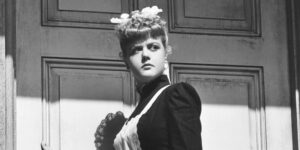
September 23rd – Louis Fletcher (1934-2022)
September 14th – Henry Silva (1928-2022)
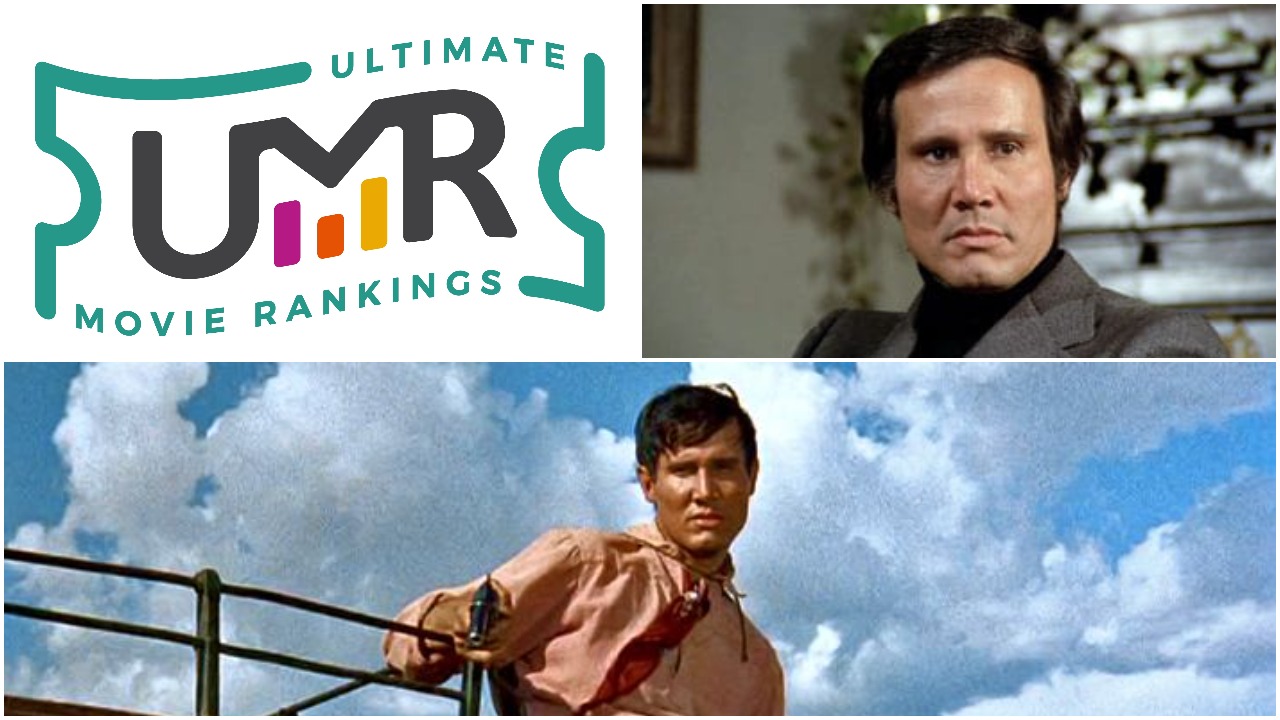
September 14th – Irene Papas (1934-2022)
Irene Papas Movies in our Database Ranked – Movie (Year)
1st – Z (1969)
2nd – Zorba the Greek (1964)
3rd – Anne of the Thousand Days (1969)
Message, The (1976)
Moon-Spinners (1964)
Lion of the Desert (1980)
Brotherhood, The (1968)
Trojan Women, The (1971)
High Season (1987)
Sweet Country (1987)
11th – Battle of Sutjeska, The (1973)
September 13th – Jean Luc Godard (1930 – 2022)
Sadly we do not currently have a UMR Godard Page.
September 10th – Marsha Hunt (1917-2022)
August 12th – Wolfgang Petersen (1941-2022)
August 12th – Anne Heche (1969-2022)
August 8th – Olivia Newton-John (1948-2022)
August 6th – Clu Gulager (1928-2022)
July 31st – Nichelle Nichols (1932-2022)
July 25th – Paul Sorvino (1939-2022)
July 24th – David Warner (1941-2022)
July 23rd – Bob Rafelson (1933-2022)
July 9th – L.Q. Jones (1927-2022)
July 6th – James Caan (1940-2022)
June 12th – Philip Baker Hall (1931-2022)
May 28th – Bo Hopkins (1942-2022)
May 26th – Ray Liotta (1954-2022)
May 8th – Fred Ward (1922-2022)
April 20th – Robert Morse (1931-2022)
April 12th – Gilbert Gottfried (1955-2022)
April 7th – Nehemiah Persoff (1919-2022)
March 13th – William Hurt (1950-2022)
March 4th – Mitchell Ryan (1934-2022)
February 24th – Sally Kellerman (1937-2022)
February 13th – Ivan Reitman (1946-2022)
January 21st – Louie Anderson (1953-2022)
January 20th – Meat Loaf (1947-2022)
January 17th – Yvette Mimieux (1942-2022)
January 9th – Bob Saget (1956-2022)
January 9th – Dwayne Hickman (1934-2022)
January 6th – Sidney Poitier (1927-2022)
January 6th – Peter Bogdanovich (1939-2022)
(Visited 1 times)




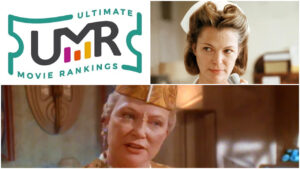
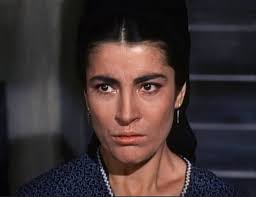











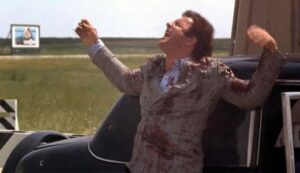






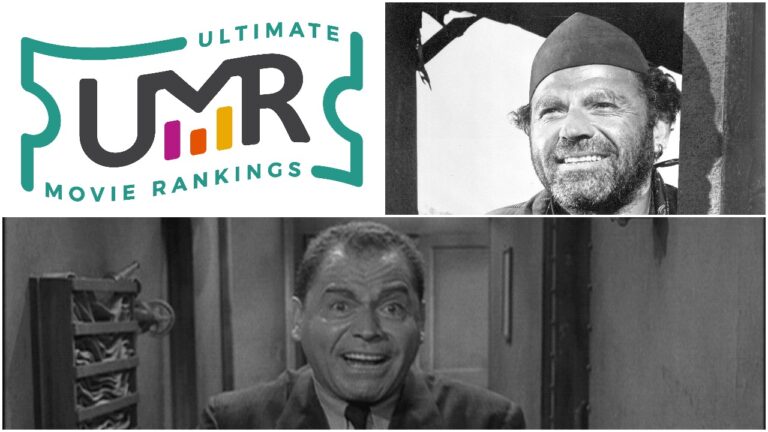


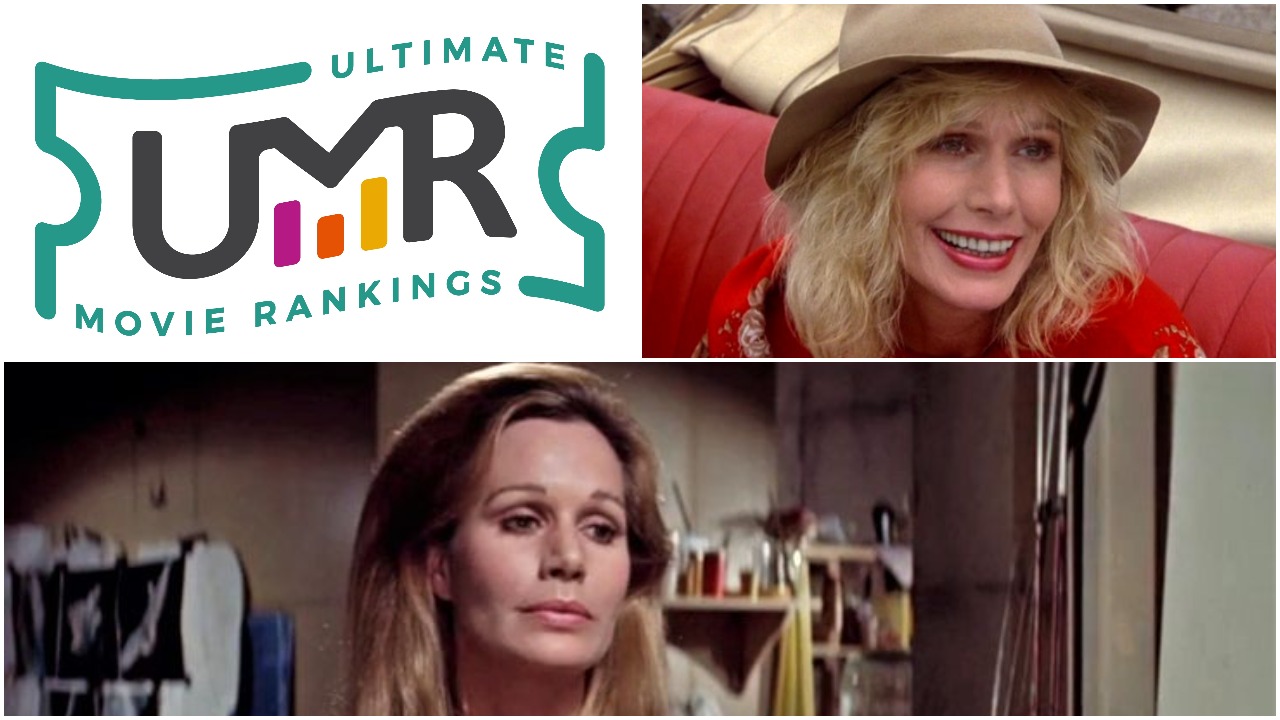



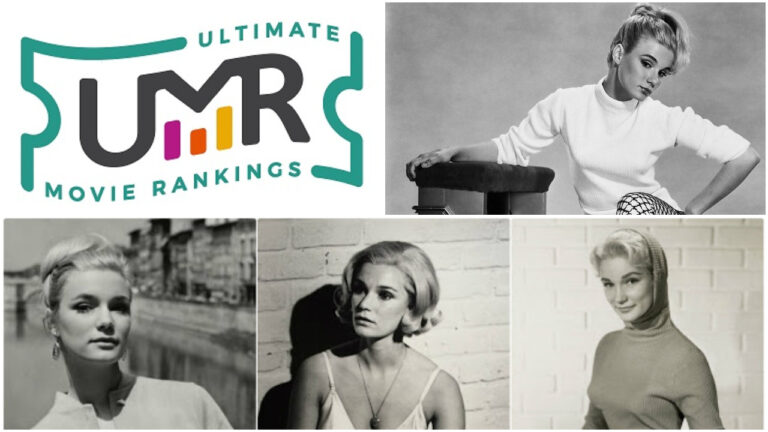

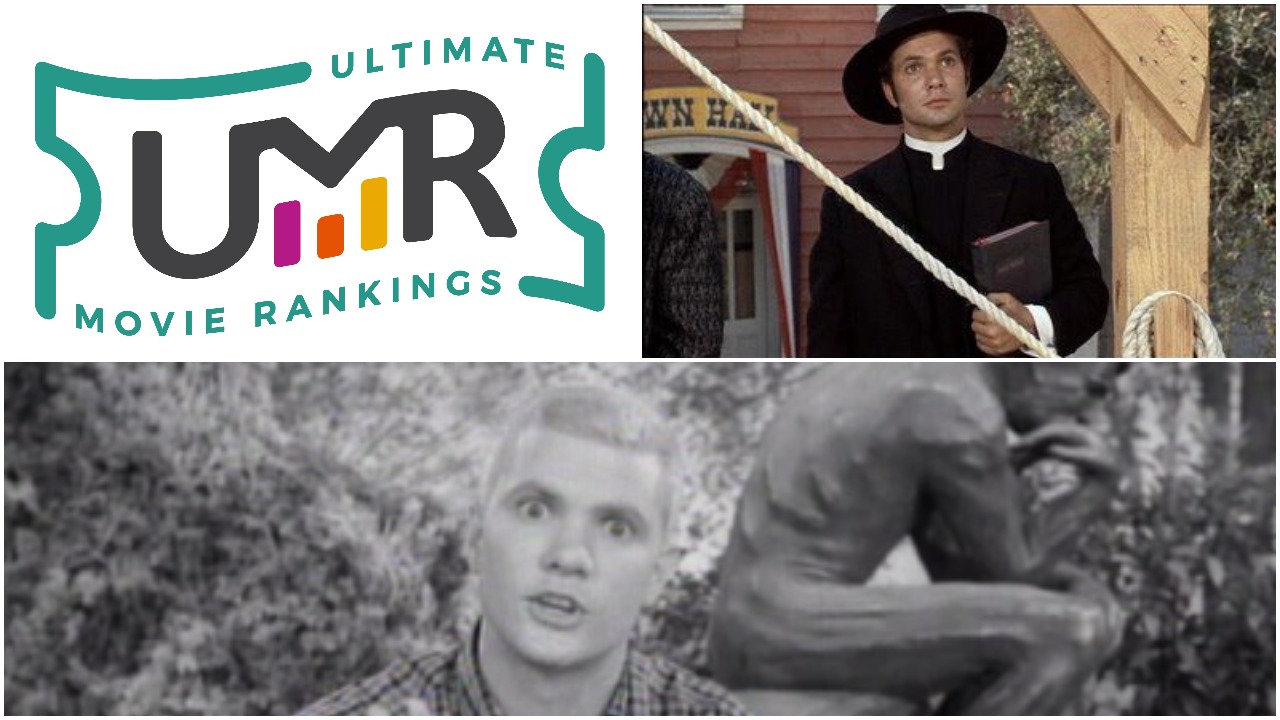
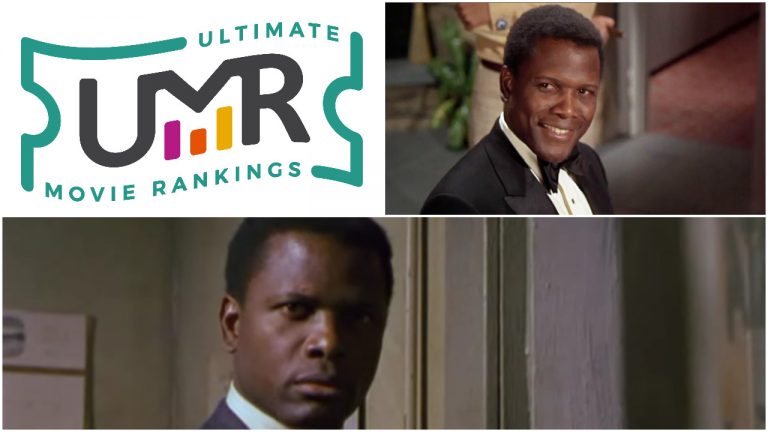
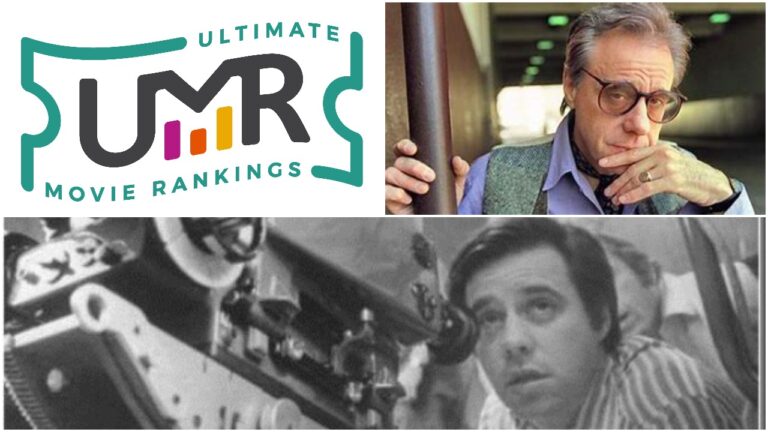
The very beautiful Monica Vitti has died. She won a lot of Oscar and Golden Globe equivalents in Italy.
From Variety
Monica Vitti, Star of Antonioni Masterpieces, Dies at 90
By Carmel Dagan, Naman Ramachandran
Italian actress Monica Vitti, best known internationally for starring in Michelangelo Antonioni’s breakthrough cinematic trilogy “L’Avventura,” “La Notte” and “L’Eclisse,” as well as in the director’s “Red Desert,” has died. She was 90.
The news of her death was tweeted by former Rome mayor and film critic Walter Veltroni on Wednesday.
(Roberto Russo, her companion in these years, asks me to communicate that Monica Vitti is no more. I do so with great grief, affection, and nostalgia)
Vitti, known for her enigmatic, distant beauty — the All Movie Guide termed her the “high priestess of frosty sensuality” — had been retired for more than a decade due to Alzheimer’s.
Vitti and Antonioni had certainly enjoyed a fruitful collaboration, but in an essay for the Criterion Collection, Gilberto Perez argued that it was fundamentally different from most such relationships: “In her films with him, Vitti is as much beholding as beheld, identified with the director, whose gaze she doubles. Other male directors have adopted the point of view of a female character, but none has made a woman his surrogate in the way that Antonioni has Monica Vitti.”
Even if Vitti had appeared only in Antonioni’s “L’Avventura” (1960), she would have a place in film history considering the importance of the work and her focal point in it. Gene Youngblood, in an essay about the film for the Criterion Collection, declared that few movies “qualify as turning points in the evolution of cinematic language, films that opened the way to a more mature art form.” “L’Avventura” is “such a work.” (At the time of the film’s release, there were certainly critics with no patience for Antonioni’s efforts, and one coined the derisive term “Antoniennui.”)
The title of the film means adventure in Italian with a sexual connotation, and the characters in the film pursue such diversion, including Vitti’s Claudia. Nominally the film is about the search for Claudia’s friend Anna (Lea Massari), who goes missing from an island off the coast of Sicily during a pleasure cruise in the area; in the wake of the disappearance, Claudia has an affair with Anna’s boyfriend, but that troubled relationship as well as the central mystery are never resolved. But it is only Vitti’s Claudia who is aware that something fundamental — far more than the fate of her friend — is amiss. The actress powerfully communicates the ennui that is the plague of the modern era, with its alienation and misplaced values. In that sense, the title of the film can refer to Claudia’s spiritual journey.
Antonioni’s film is visually oriented, with the dialogue sparse and unimportant, making the viewer concentrate all the more on the expressions on Vitti’s face.
Despite the fact that “L’Avventura” neither offered a conventionally satisfying narrative nor yielded its meanings easily, it was successful at the box office around the world. Vitti’s image later appeared on an Italian postage stamp commemorating the film.
In 1961’s “La Notte” Vitti had more of a supporting role, although she makes a big impression as a sexy, exuberant socialite who tempts the central figure, played by Marcello Mastroianni, at a party given by her industrialist father, who offers a job to Mastroianni’s character, a writer. But the industrialist and his daughter symbolize just about all that is wrong with society, together with the massive urban landscapes that threaten to envelop the Mastroianni character’s wife, played with effective sourness by Jeanne Moreau. Their marriage is dying over the course of the movie, while the eroticism represented by Nitti is empty.
Completing the so-called Trilogy of Alienation, “L’Eclisse” (which means “The Eclipse”) follows Vitti’s Vittoria. A fiance did not make her happy; relationships with her family do not satisfy or complete her; she seeks a bond with a stock broker, played by Alain Delon, but he is interested only in a transient affair and is unwilling to satisfy the needs she is incapable of articulating. To every question she responds, “I do not know.”
In 1965’s “Red Desert,” Antonioni’s first film in color, the director continued with themes addressed in the alienation trilogy by exploring the industrial world’s inevitable ruination of the natural landscape and analogous toll on the human psyche as seen from the point of view of Vitti’s Guiliana, the wife of the manager of an industrial plant and the mother of a small child. She has everything that contemporary society can offer her — material success, a family, beauty — but is bereft of happiness and overwhelmed by uncertainty. Guiliana intuits the emptiness of her world, and Antonioni suggests that in a more vibrant setting, she might be creatively expressive — she wants to open a ceramic shop — but she feels increasingly unable to withstand her literally and figuratively toxic environment, while others continue unaware of the reality she perceives. “My hair hurts” is Vitti’s most memorable line from the film.
The actress also notably appeared in Luis Bunuel’s “The Phantom of Liberty,” but despite her performances in the works of auteurs, she actually spent most of her career acting in Italian comedies that weren’t released abroad. It is hard to describe her contribution to “The Phantom of Liberty,” which, while earning an extremely enthusiastic review in the New York Times in 1974, was particularly inscrutable even for surrealist Bunuel; the film seems devoted to depicting and eliciting paradoxical reactions. In one scene, the parents of two small children are shocked by postcards given the tykes by a man in the park, but they are revealed to be ordinary images of French landmarks — which doesn’t prevent the mother, played by Vitti, from being simultaneously disapproving and sexually excited by them.
Vitti’s many other films included Ettore Scola’s 1970 comedy “Dramma della gelosia” (“The Pizza Triangle”), in which the actress played a florist who becomes involved with a married construction worker played by Mastroianni and with a pizza cook played by Giancarlo Giannini. The film won Mastroianni the best actor award at Cannes. She starred with Alberto Sordi in his 1973 film “Polvere di stelle,” directed by Sordi, for which she won the David di Donatello award for best actress.
She appeared in English-language films only twice: the first time in the mediocre 1966 spy spoof “Modesty Blaise,” with Terence Stamp and Dirk Bogarde, the second in Michael Ritchie’s 1979 romantic comedy “An Almost Perfect Affair,” set (and shot) at the Cannes Film Festival, in which Vitti played a former Italian actress who falls in love with Keith Carradine’s filmmaker character.
Born Maria Luisa Ceciarelli in Rome, she appeared in amateur theatrical productions while a teen, then attended Rome’s National Academy of Dramatic Arts, from which she graduated in 1953.
As a member of an Italian acting troupe she toured Germany, and she made her first stage appearance in Rome in a production of Niccolo Machiavelli’s “La Mandragola.” She made some appearances on Italian television and did some uncredited film work during the ’50s. Her first significant film role was in Mario Amendola’s 1958 “Le dritte.” Antonioni directed her onstage before casting the fairly inexperienced actress in “L’Avventura,” and they were romantically involved for much of the 1960s.
Her last bigscreen project was “Secret Scandal,” which Vitti directed herself and starred in alongside Elliott Gould. The film unspooled in the Un Certain Regard section at the 1990 Cannes Film Festival, and Vitti received the David di Donatello Award for best new director. “Secret Scandal” concerned a woman, played by Vitti, who receives a movie camera from a film director, played by Gould, and the camera, left on accidentally, records her husband in an indiscretion; the director decides that these circumstances are interesting enough to make an actual movie about.
She made one more appearance, in a 1992 Italian TV movie, romancer “Ma tu mi vuoi bene?” (“Do You Love Me?”) before retiring.
The actress won a career Golden Lion at the Venice Film Festival in 1995.
After living with Roberto Russo for 27 years, she married him in 1995. He survives her.
Carlton Carpenter has died at age 95. He was a stage and screen actor whose credits are huge. I always remember him singing Aba Daba Honeymoon with Debbie Reynolds. He gained respect and praise from Spencer Tracy when they shared a scene in Father of the Bride because Carp – as he was known to his fans always knew his lines and his mark. Rest in peace
Hey Flora…thanks for sharing this news….I have to admit…I am not too aware of Carlton Carpenter…but it sounds like he had a good acting career. Rest in peace Mr. Carpenter.
Howard Hesseman, # 988 on the 2021 Oracle of Bacon list has died.
From the Hollywood Reporter
Howard Hesseman, Dr. Johnny Fever on ‘WKRP in Cincinnati,’ Dies at 81
The two-time Emmy nominee and improv veteran also played teacher Charlie Moore on ‘Head of the Class.’
BY MIKE BARNES
Howard Hesseman, who made a career out of portraying off-the-wall characters, none more popular than the disc jockey Johnny Fever on the sitcom WKRP in Cincinnati, has died. He was 81.
Hesseman died Saturday at Cedars-Sinai Medical Center Los Angeles of complications from colon surgery he first had last summer, his wife, actress and acting teacher Caroline Ducrocq, told The Hollywood Reporter.
A member of the San Francisco improv group The Committee and a real-life DJ back in the 1960s, Hesseman also was known for his stint as out-of-work actorRelated Stories
And on the ninth and final season of One Day at a Time, his character, architect Sam Royer, married longtime divorcee Ann Romano (Bonnie Franklin).
In other eccentric turns, Hesseman played hippies in Richard Lester’s Petulia (1968) and on NBC’s Dragnet (he was billed as Don Sturdy back then); a patient suffering from writer’s block on The Bob Newhart Show; a psychiatrist on Mary Hartman, Mary Hartman; a pimp opposite Dan Aykroyd in Doctor Detroit (1983); and a shock rocker in This Is Spinal Tap (1984).
Hesseman received Emmy nominations in 1980 and ’81 for his work on CBS’ WKRP in Cincinnati, which ran for four seasons (1978-82). With his shades, moustache and slouch, he became a countercultural icon.
Veteran TV director Jay Sandrich, who was hired to helm the WKRP pilot for MTM Enterprises, suggested Hesseman would be great for Fever after Richard Libertini said he couldn’t do it at the last minute. The two had just worked together on the ABC comedy Soap, with Hesseman playing a prosecutor out to convict Katherine Helmond‘s Jessica Tate of murder.
“Howard had at one time been a DJ,” Sandrich said in a 2001 interview for the website The Interviews: An Oral History of Television. “He just stepped in and killed it. He knew exactly what he was doing.”
Hugh Wilson, a former sales executive at a Top 40 radio station who created WKRP (the fictional station’s call letters were a pun on “W-crap”), based the rock DJ on “a guy I knew in Atlanta called Skinny Bobby Harper,” he once said. “That was funny, because he was the morning guy, so Skinny had to get up at 4 in the morning to get in there. But he also loved being in the bars at night. He was like Fever.
“In the pilot, I said [to Hesseman], ‘You’ve got to play it like you’re sleepwalking, because you should be asleep by 8, but 8 is just when you’re going out.’ “
The guy who would up playing Johnny Fever was perfect for hosting Saturday Night Live three times and for fronting music specials like 25 Years of Motown and Supernight of Rock & Roll.
Describing his iconic character in a in a 1979 interview with The New York Times, Hesseman said: “I think maybe Johnny smokes a little marijuana, drinks beer and wine, and maybe a little hard liquor. And on one of those hard mornings at the station, he might take what for many years was referred to as a diet pill. But he is a moderate user of soft drugs, specifically marijuana.”
He was born on Feb. 27, 1940, in Lebanon, Oregon. His father was an auto-parts salesman and a musician. His parents divorced when he was 5, and his mom married a cop.
After graduating from Silverton High School in 1958, Hesseman spent a couple of years at the University of Oregon, then was off to San Francisco, where he landed a gig as a disc jockey for the underground rock station KMPX. He then latched on with The Committee, where he took the Don Sturdy stage name.
He told the Times that he spent 90 days in the San Francisco County Jail in 1963 for selling an ounce of marijuana (a conviction that was thrown out for entrapment). And in a 1983 profile in People, he did admit to conducting “pharmaceutical experiments in recreational chemistry.”
The Committee once had a long engagement on Sunset Boulevard in Los Angeles, and he and other troupers made an appearance in Billy Jack (1971).
In Shampoo (1975), Hesseman played a lazy, boozy character known as Red Dog, then showed up in The Sunshine Boys (1975), Silent Movie (1976), The Big Bus (1976) and The Other Side of Midnight (1977).
In the WKRP pilot, which first aired on Sept. 18, 1978, his character introduces himself to newly hired program director Andy Travis (Gary Sandy) as Johnny Caravella. “I’m also known as Johnny Midnight, Johnny Cool, Johnny Duke, Johnny Style and Johnny Sunshine,” he says.
Johnny was fired from a Los Angeles station, where he was making $100,000 a year, for using the word “booger” on the air. That led him to embark on an odyssey that led to jobs in Amarillo, Texas; Denver; Boise, Idaho; Fargo, North Dakota; and then Cincinnati.
With WKRP switching to a Top 40 rock format, he christened himself Dr. Johnny Fever. After that series ended, he came back a few times for The New WKRP in Cincinnati, which had a couple of seasons in syndication.
Afterward, Hesseman kept busy with appearances in such films as Police Academy 2: Their First Assignment (1985), Heat (1986), Gridlock’d (1997), About Schmidt (2002), The Rocker (2008) and Halloween II (2009).
He also guest-starred as a judge on Boston Legal, a radio station manager on That ’70s Show, a former drug dealer on John From Cincinnati and a schoolmaster on Fresh Off the Boat.
In addition to his wife — they lived together for seven years before getting married in July 1989 — survivors include their godchildren Grace, Hamish and Chet.
Rest in Peace Dr. Johnny Fever….on the day he passed away and before I knew he passed away…..I actually woke up in the morning and was thinking about him….I know…pretty weird. Thanks for the heads up Dan.
She passed in December and they’re reporting it now.
From the Hollywood Reporter
Sharyn Moffett, Young Actress in ‘Mr. Blandings Builds His Dream House’ and ‘The Body Snatcher,’ Dies at 85
She played a distraught daughter in ‘Child of Divorce’ and was paired with pooches in ‘My Pal Wolf,’ ‘A Boy, a Girl and a Dog’ and ‘Rusty Leads the Way.’
Sharyn Moffett, the charming child actress of the 1940s who starred alongside Cary Grant and Myrna Loy in Mr. Blandings Builds His Dream House and with Boris Karloff and Bela Lugosi in The Body Snatcher, has died. She was 85.
Moffett died Dec. 23 of natural causes in a hospital in Pittsburgh, her brother Gregory Moffett, who also acted as a youngster, told The Hollywood Reporter.
Sharyn Moffett appeared in just 12 features during her career — all from 1944-51, ages 8 to 15 — while being paired with pooches in My Pal Wolf (1944), A Boy, a Girl and a Dog (1946) and Rusty Leads the Way (1948).
A contract player at RKO Radio Pictures, Moffett tugged at the heartstrings when she portrayed a kid devastated by the breakup of her parents (Regis Toomey, Madge Meredith) in Child of Divorce (1946), the first feature directed by Richard Fleischer.
In Mr. Blandings Builds His Dream House (1948), Moffett played the younger daughter of Grant and Loy’s characters, who buy a dilapidated 200-year-old farmhouse — the film was remade as The Money Pit in 1986 and Are We Done Yet? in 2007 — and was a girl who needs an operation to remedy her paralysis in the horror film The Body Snatcher (1945).
Patricia Sharyn Moffett was born on Sept. 12, 1936, in Alameda, Calif. Her mother, Gladyce Roberts, danced in the Dolores del Rio-starring RKO musical Flying Down to Rio (1933), and her father, Bob, sang in a traveling show fronted by Billie Burke (The Wizard of Oz) and later was honored by the Society for the Preservation and Encouragement of Barber Shop Quartet Singing in America.
The family settled in Beverly Hills when she was a toddler, and she appeared in the 1942 Three Stooges horse-racing short Even as IOU. In 1944, she signed with RKO and made her feature debut in My Pal Wolf, sharing scenes with a German shepherd.
Moffett’s film résumé also included The Falcon in San Francisco (1945), starring Tom Conway as the private detective; The Locket (1946), where she played Laraine Day’s character as a child; Banjo (1947), also directed by Fleischer; The Judge Steps Out (1948), starring Ann Sothern; and Her First Romance (1951), featuring fellow child star Margaret O’Brien.
Soon after moving to New York and making her last onscreen appearance on NBC’s Fireside Theatre in 1955, Moffett married James Forrest, and the couple spent 50-plus years as church ministers. As a grandmother, she earned her master’s in church history from the Trinity School for Ministry in Pittsburgh.
Moffett also served as a top executive with the youth-mentoring Big Sisters organization.
Her brother Gregory appeared with her in The Judge Steps Out. He also played Betty Hutton’s son in the Technicolor musical Let’s Dance (1950) and was in Robot Monster (1953) — considered one of the worst movies ever made — and TV’s Adventures of Superman.
In addition to Gregory, survivors include brother Robert and sisters Heidi and Annalisa; children Gillian, Jonathan and Jennifer; grandchildren Kati, Becca, Dan, Melissa, Mike, Joshua, Lydia, Peter, Zach and Jake; and great-grandchildren Bobby, Connor, Anneliese and Nathan. Her husband died in 2011.
Donations in her name may be made to the Church of the Ascension in Pittsburgh.
Yvette Mimieux has died at the age of 80. Her best known film is The Time Machine starring Rod Taylor. RIP